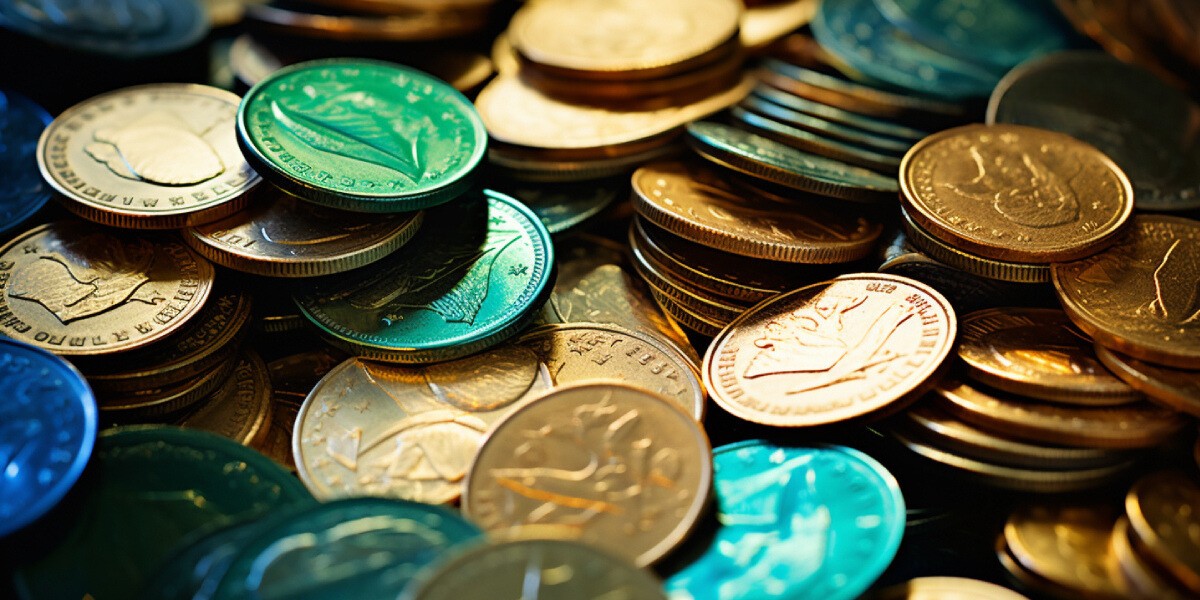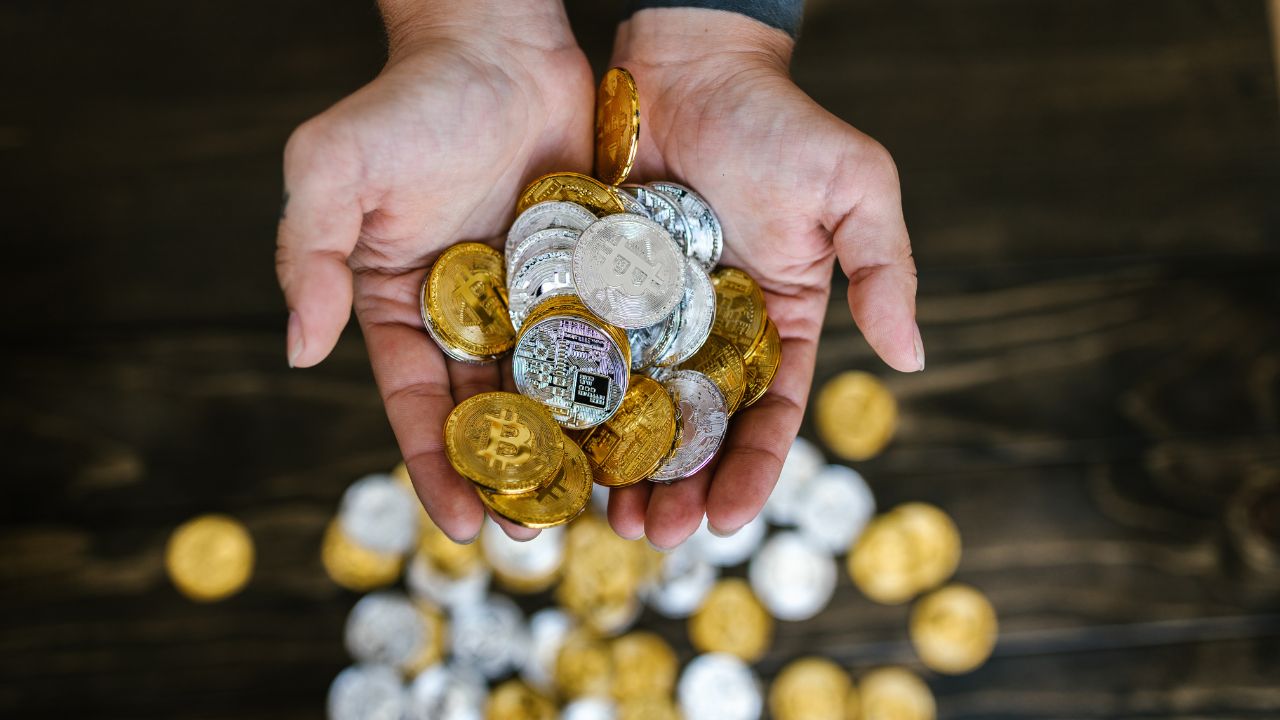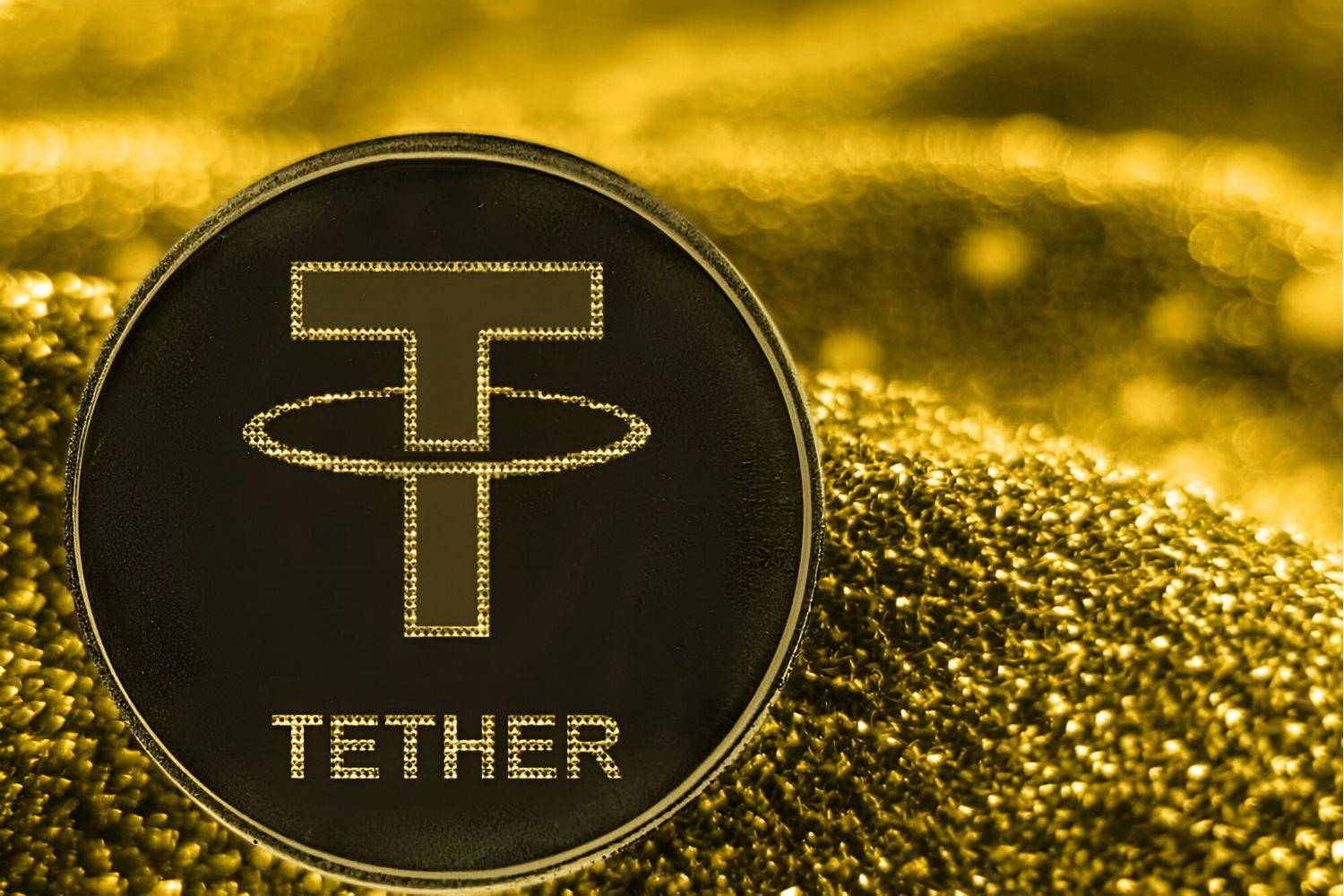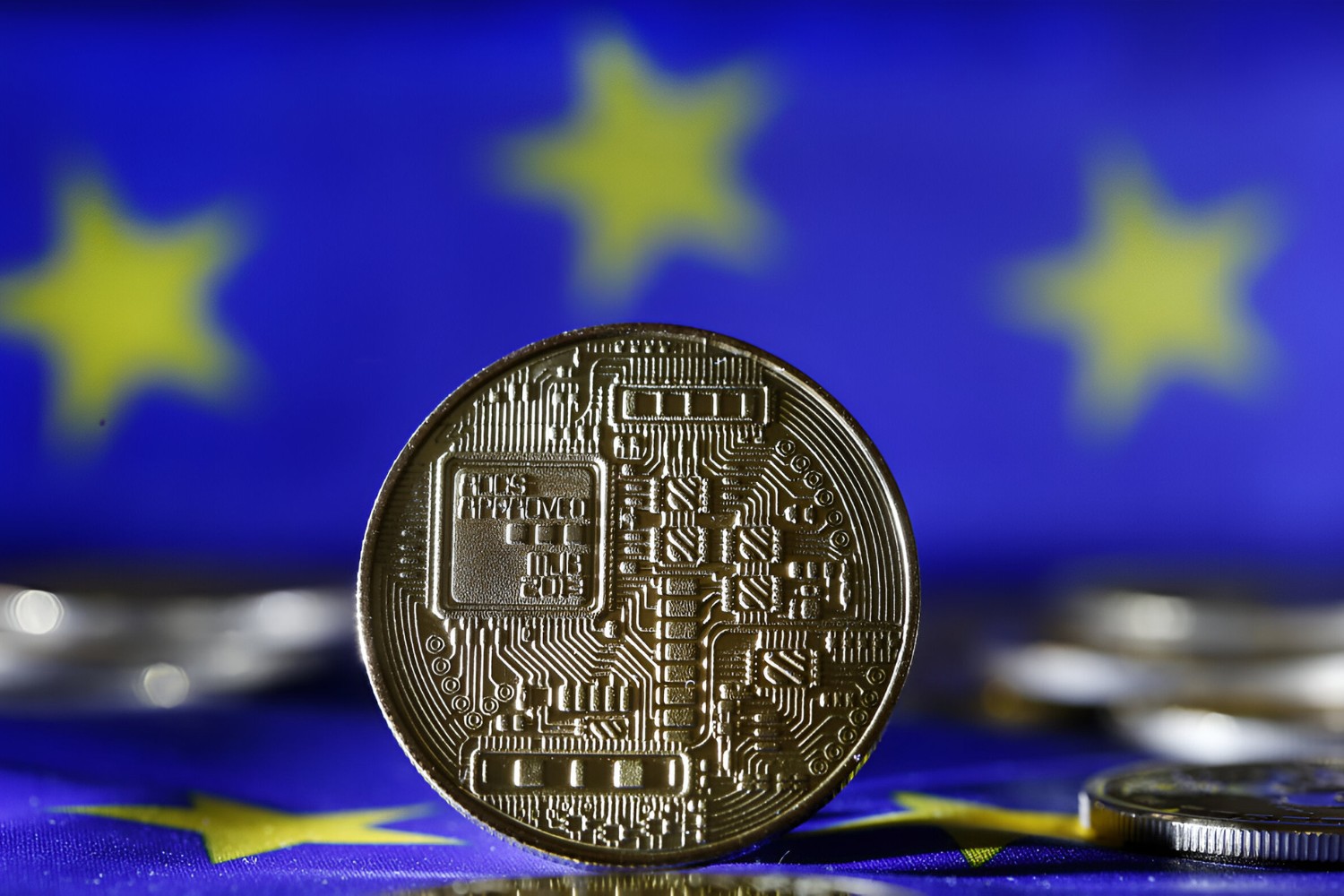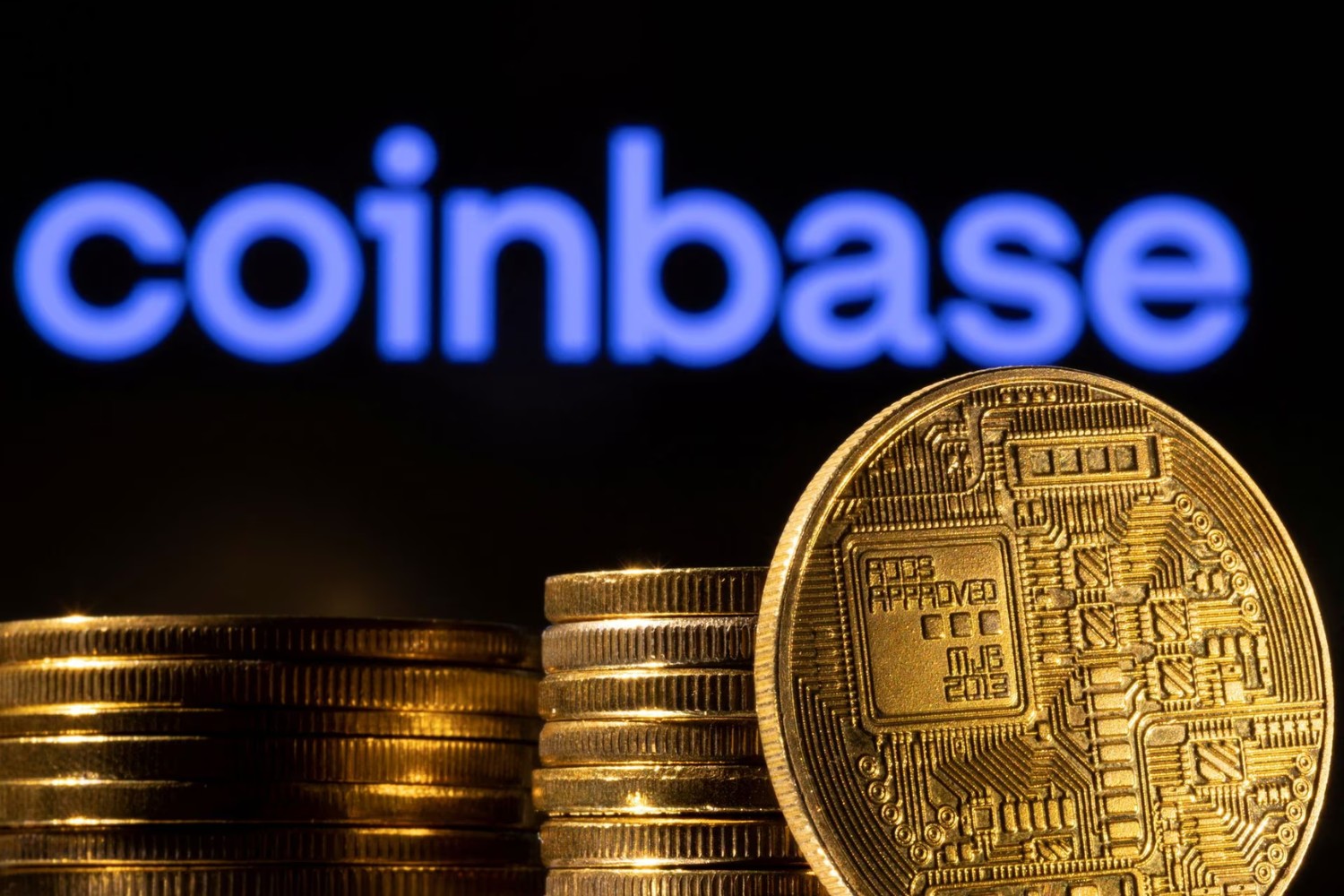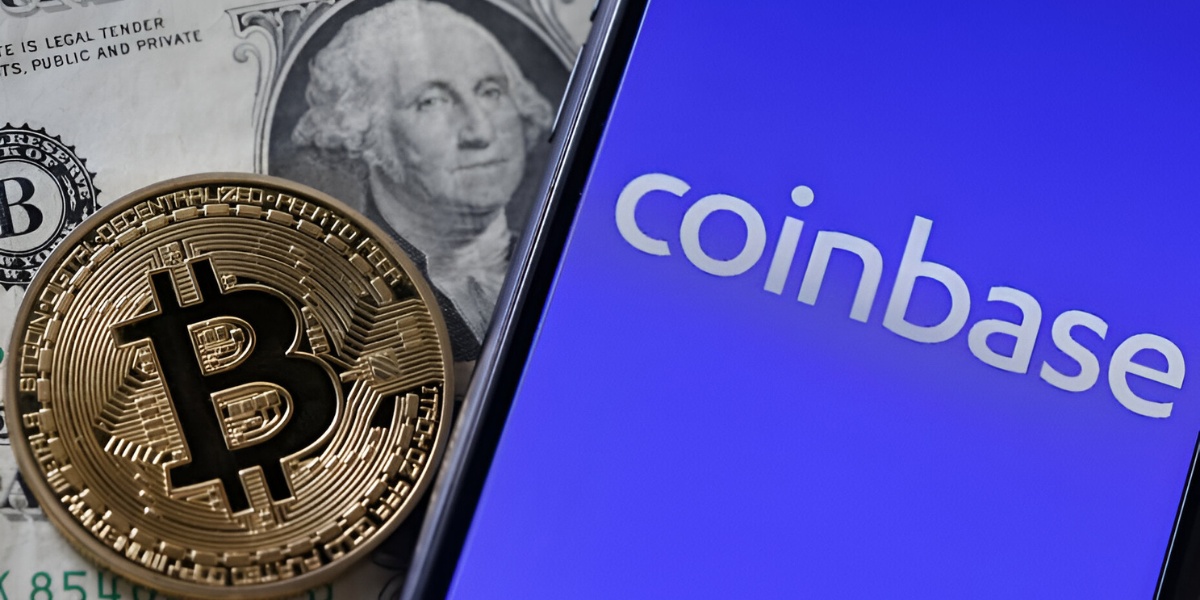Introduction
Welcome to the world of stablecoin! If you’re new to the concept or looking to buy stablecoins, you’ve come to the right place. Stablecoins have gained immense popularity in the realm of cryptocurrencies due to their stability and ability to maintain a fixed value. In this article, we will explore what stablecoins are, why you would want to buy them, and where you can find them.
Stablecoins are a type of cryptocurrency designed to minimize price volatility by pegging their value to a stable asset like fiat currency or a commodity. Unlike other cryptocurrencies, which can experience drastic price fluctuations, stablecoins aim to provide stability and serve as a reliable medium of exchange.
So, why would you want to buy stablecoins? There are several reasons. Firstly, stablecoins can act as a safe and secure store of value. With traditional cryptocurrencies, such as Bitcoin or Ethereum, their value can fluctuate wildly within short periods. Stablecoins, on the other hand, offer a more predictable value, making them an attractive option for those seeking stability in their investments.
Another reason to buy stablecoins is their utility for traders. Stablecoins provide a bridge between traditional financial systems and the world of cryptocurrencies. By holding stablecoins, traders can quickly move in and out of more volatile cryptocurrencies, taking advantage of market opportunities without the need to convert back to fiat currency.
Now that we understand the benefits of stablecoins, let’s explore where you can buy them. There are several avenues to acquire stablecoins, including centralized exchanges, decentralized exchanges, and peer-to-peer marketplaces. Each option offers its own distinct features and advantages, so let’s delve into each one in more detail.
What is Stablecoin?
Stablecoin is a type of cryptocurrency that is designed to maintain a stable value, hence the name. Unlike traditional cryptocurrencies like Bitcoin and Ethereum, which are subject to price volatility, stablecoins are pegged to a stable asset, such as a fiat currency (like USD or EUR) or a commodity (like gold or oil). This pegging mechanism ensures that the value of stablecoins remains relatively stable, making them an attractive option for users who want to minimize the risks associated with price fluctuations.
The value stability of stablecoins is achieved through different mechanisms, depending on the type of stablecoin. There are three main types of stablecoins:
- Fiat-collateralized stablecoins: These stablecoins are backed by reserves of fiat currency held in a bank account. For example, if a stablecoin is pegged to the US dollar, it would be fully collateralized by an equivalent amount of USD held in a bank.
- Crypto-collateralized stablecoins: These stablecoins are backed by other cryptocurrencies, such as Ethereum or Bitcoin. The value of the stablecoin is maintained by holding a reserve of these cryptocurrencies, which can be used to stabilize the price in times of volatility.
- Algorithmic stablecoins: Unlike fiat or crypto-backed stablecoins, algorithmic stablecoins do not rely on collateral. Instead, they use complex algorithms to dynamically adjust the supply of stablecoins based on demand, ensuring a stable value.
Stablecoins offer several advantages compared to traditional cryptocurrencies. First and foremost, stablecoins provide a reliable store of value, as their value remains relatively constant over time. This stability makes them suitable for everyday transactions and eliminates the risk associated with sudden price swings.
Additionally, stablecoins offer a reliable means of transferring value between individuals or entities, both domestically and internationally. Their low fees and fast transaction times make them an attractive alternative to traditional banking and remittance services.
Stablecoins also play a crucial role in decentralized finance (DeFi) applications. They provide liquidity and serve as collateral for various lending and borrowing platforms within the DeFi ecosystem. Furthermore, stablecoins enable users to participate in income-generating activities, such as staking and yield farming, while minimizing the risk of losing principal investment due to price volatility.
Overall, stablecoins offer stability, convenience, and versatility within the world of cryptocurrencies. Whether you’re looking to store value, trade efficiently, or participate in DeFi protocols, stablecoins provide a reliable and valuable asset in your crypto portfolio.
Why Would You Want to Buy Stablecoin?
Stablecoins have gained significant popularity in the world of cryptocurrencies, and for good reason. There are several compelling reasons why you might consider buying stablecoins for your digital asset portfolio.
One of the primary reasons to buy stablecoins is their stability. Unlike traditional cryptocurrencies like Bitcoin or Ethereum, stablecoins aim to maintain a fixed value. This stability makes them an attractive option for individuals and businesses looking for a reliable store of value within the volatile cryptocurrency market. Whether you’re concerned about preserving the value of your assets or mitigating the risks associated with market fluctuations, stablecoins provide a sense of security.
Stablecoins also offer a bridge between the world of cryptocurrencies and traditional financial systems. By their nature, stablecoins are designed to have a predictable value, which makes them a more practical medium of exchange. They can be used in everyday transactions, such as paying for goods and services, without the concern of value volatility that often plagues other cryptocurrencies. Additionally, stablecoins enable cross-border transactions to be conducted quickly and at a fraction of the cost associated with traditional banking and remittance services.
Another compelling reason to buy stablecoins is their utility for trading purposes. When engaging in cryptocurrency trading, holding stablecoins can provide a convenient way to park funds during times of market instability. Rather than withdrawing funds to fiat currency, which may take time and incur fees, stablecoins allow traders to maintain their purchasing power while waiting for favorable market conditions. Additionally, stablecoins can serve as a stable base currency against which other cryptocurrencies can be traded, allowing for efficient and seamless trading strategies.
Stablecoins also play a crucial role in the world of decentralized finance (DeFi). Within the DeFi ecosystem, stablecoins serve as a benchmark for other digital assets. They are used as collateral for loans, liquidity provision in various protocols, and a stable medium to earn interest through lending and yield farming. By holding stablecoins, you can actively participate in the growing DeFi space and potentially generate passive income.
Overall, stablecoins offer stability, practicality, and versatility within the cryptocurrency market. Whether you’re a risk-averse investor, an active trader, or interested in exploring the possibilities of DeFi, stablecoins provide a valuable asset that combines the best of both the traditional and crypto worlds.
Where to Buy Stablecoin
If you’re looking to buy stablecoins, there are several options available to you, ranging from centralized exchanges to decentralized platforms and peer-to-peer marketplaces. Each option has its own advantages and considerations, so let’s explore where you can purchase stablecoins.
Centralized Exchanges
Centralized exchanges are the most commonly used platforms for buying and selling cryptocurrencies, including stablecoins. These platforms provide a user-friendly interface and liquidity, making it easy to acquire stablecoins quickly. Some popular centralized exchanges where you can buy stablecoins include Coinbase, Binance, and Kraken. These platforms often support various stablecoins, such as Tether (USDT), USD Coin (USDC), and Binance USD (BUSD).
Decentralized Exchanges
Decentralized exchanges (DEXs) provide an alternative option for buying stablecoins. Unlike centralized exchanges, DEXs operate on decentralized networks, allowing users to trade directly with each other without the need for intermediaries. Platforms like Uniswap and SushiSwap have gained popularity in the decentralized finance (DeFi) space, and they offer various stablecoins for trading. DEXs provide users with more control over their funds and reduce the reliance on centralized entities. However, it’s important to note that DEXs may have lower liquidity and higher transaction fees compared to centralized exchanges.
Peer-to-Peer Marketplaces
Peer-to-peer (P2P) marketplaces provide another avenue for buying stablecoins directly from other individuals. Platforms like LocalBitcoins and Paxful allow users to find sellers who are offering stablecoins for sale. P2P marketplaces provide more privacy and the opportunity to negotiate prices with sellers. However, it’s crucial to exercise caution and conduct thorough due diligence when transacting on P2P platforms to ensure the security and legitimacy of the transactions.
When choosing where to buy stablecoins, there are a few factors to consider. These include the trading fees, available stablecoin options, platform security, liquidity, user experience, and regulatory compliance. It’s essential to research and compare different platforms to find the one that best suits your needs and preferences.
Once you have purchased stablecoins, it’s important to store them securely in a wallet that supports your chosen stablecoin. Some platforms offer built-in wallets, but for increased security, consider using a hardware wallet or a software wallet that allows you to retain full control over your private keys.
In summary, centralized exchanges, decentralized exchanges, and peer-to-peer marketplaces are the primary options for purchasing stablecoins. Each option has its own advantages and considerations, so it’s crucial to evaluate factors like fees, security, and liquidity before making a decision. Whether you prefer the convenience of centralized exchanges, the autonomy of decentralized exchanges, or the privacy of peer-to-peer marketplaces, there is a suitable platform available to help you acquire stablecoins.
Centralized Exchanges
Centralized exchanges are popular platforms for buying and selling stablecoins due to their user-friendly interfaces and high liquidity. These exchanges act as intermediaries, matching buyers and sellers and facilitating transactions. Here are some key points to consider when using centralized exchanges to purchase stablecoins:
1. Wide Range of Stablecoins:
Centralized exchanges typically support a wide range of stablecoins, allowing users to choose from different pegged assets such as Tether (USDT), USD Coin (USDC), TrueUSD (TUSD), and many more. This variety provides flexibility and allows users to select stablecoins based on their specific needs and preferences.
2. High Liquidity:
Centralized exchanges have substantial trading volumes, which translates to high liquidity. This means that you are more likely to find buyers or sellers at any given time and can execute trades quickly and efficiently. High liquidity also helps to minimize price slippage, ensuring that you can buy or sell stablecoins at the desired price.
3. User-Friendly Interfaces:
Centralized exchanges are known for their user-friendly interfaces, making it easy for beginners to navigate the platform and execute trades. These platforms often provide intuitive order books, price charts, and other tools that help users make informed decisions. Additionally, centralized exchanges typically offer features like market orders and limit orders, allowing users to buy stablecoins instantly at the current market price or specify a desired price for their purchase.
4. Regulatory Compliance and Security:
Centralized exchanges are subject to regulatory requirements and implement robust security measures to protect user funds. These exchanges often require users to complete a Know Your Customer (KYC) process, which involves verifying their identity. While this adds an extra layer of security, it is important to choose reputable exchanges that prioritize user protection and employ strong security measures such as two-factor authentication (2FA) and cold storage for funds.
5. Trading Fees:
When using centralized exchanges, it is essential to consider the trading fees associated with buying and selling stablecoins. Exchanges typically charge fees for executing trades, which can vary depending on factors such as the trading volume and the type of order placed. Some exchanges offer discounts or reduced fees for frequent traders or users who hold their native tokens, so it’s worth exploring these options to potentially lower your trading costs.
Overall, centralized exchanges offer convenience, high liquidity, and a wide selection of stablecoins. They are ideal for users who prioritize ease of use and require immediate execution of trades. However, it is essential to conduct thorough research, choose reputable exchanges, and prioritize security when engaging in transactions on centralized platforms.
Decentralized Exchanges
Decentralized exchanges (DEXs) have emerged as an alternative option for buying and selling stablecoins. Unlike centralized exchanges, DEXs operate on decentralized networks, allowing users to trade directly with each other without the need for intermediaries. Here are some key points to consider when using decentralized exchanges to purchase stablecoins:
1. User Control and Privacy:
Decentralized exchanges prioritize user control and privacy. Transactions on DEXs are conducted directly between users, eliminating the need to deposit funds into centralized wallets. This means that users retain control of their private keys and are not exposed to the risks of hacks or theft associated with centralized platforms. Additionally, DEXs often do not require users to complete a Know Your Customer (KYC) verification process, enhancing privacy for those who prioritize anonymity.
2. Security and Transparency:
Decentralized exchanges operate on blockchain networks, which provide inherent security benefits. Trades are executed directly on the blockchain, reducing the risk of hacks or data breaches. Furthermore, the transparency of blockchain technology allows users to verify transactions and track their funds in real-time. This transparency enhances the overall security and trustworthiness of decentralized exchanges.
3. Variety of Stablecoins:
Decentralized exchanges offer a variety of stablecoins for trading. Platforms like Uniswap and SushiSwap support several stablecoins, including popular ones like Tether (USDT), USD Coin (USDC), and Dai (DAI). This variety provides users with options and flexibility when choosing stablecoins that align with their preferences or investment strategies.
4. Automated Market Making (AMM):
Decentralized exchanges often employ an automated market making (AMM) mechanism instead of traditional order books. AMM enables users to trade against liquidity pools that are created by token holders. This system allows for quick and continuous trading, even during times of high demand or low liquidity. However, it’s important to note that AMM models may result in higher slippage compared to centralized exchanges, especially for larger trades.
5. Fees and Gas Costs:
When using decentralized exchanges, users incur gas fees for executing transactions on the blockchain network. These fees cover the computational resources required to process and validate transactions. Gas fees can be relatively high during periods of network congestion, affecting the overall cost of trading on DEXs. Additionally, some DEXs charge protocol fees that are distributed to liquidity providers. It’s important to consider these fees and factor them into your trading decisions.
Decentralized exchanges provide a decentralized and secure alternative for buying stablecoins, appealing to users who value privacy and control over their funds. While DEXs offer advantages in terms of user autonomy and transparency, it’s important to consider factors like gas fees, slippage, and the learning curve associated with using decentralized platforms before diving into trading on DEXs.
Peer-to-Peer Marketplaces
Peer-to-peer (P2P) marketplaces provide another option for buying and selling stablecoins directly from other individuals. These platforms act as intermediaries, connecting buyers and sellers who can negotiate terms and agree on the exchange of stablecoins. Here are some key points to consider when using peer-to-peer marketplaces:
1. Buyer-Seller Interaction:
P2P marketplaces allow direct interaction between buyers and sellers, providing the opportunity to negotiate prices and terms. This flexibility allows users to find the best deals and potentially obtain stablecoins at more favorable rates compared to centralized exchanges. It also gives users the chance to ask questions, request additional verification, or seek specific payment methods based on their preferences.
2. Wide Range of Payment Options:
P2P marketplaces often support a wide range of payment options, allowing users to choose the method that is most convenient for them. Depending on the platform and the seller, you may find options for bank transfers, cash deposits, online payment systems, or even cryptocurrencies. The availability of multiple payment options provides flexibility and accommodates users from different countries and regions.
3. Privacy and Anonymity:
Peer-to-peer marketplaces can offer a higher level of privacy and anonymity compared to centralized exchanges. While some platforms may require users to create accounts and verify their identity, others allow anonymous transactions. These platforms ensure a higher level of privacy for users who prioritize anonymity or wish to conduct transactions without disclosing personal information.
4. Trust and Reputation System:
Peer-to-peer marketplaces often employ a trust and reputation system to enhance security and build trust among users. This system allows buyers and sellers to rate each other based on their transaction experiences. Before engaging in a trade, it’s advisable to review the reputation of the counterparty and choose sellers with positive feedback to reduce the risk of fraudulent transactions.
5. Caution and Due Diligence:
When using peer-to-peer marketplaces, it’s important to exercise caution and conduct due diligence. While these platforms can provide opportunities for buying stablecoins at competitive rates, they also expose users to potential risks such as scams or fraudulent actors. To mitigate these risks, thoroughly review the seller’s profile, transaction history, and ratings before proceeding with a trade. It’s also advisable to communicate clearly, ask questions, and ensure that both parties agree on the terms and conditions of the transaction.
Peer-to-peer marketplaces offer an alternative approach for buying and selling stablecoins, providing interaction, flexibility, and a range of payment options. While they offer advantages in terms of negotiation and privacy, it’s crucial to exercise caution and be mindful of potential risks. Conducting thorough research and verifying the reputation of the counterparty are essential steps to ensure a secure and successful transaction.
How to Choose the Right Platform
With the numerous options available for buying stablecoins, choosing the right platform is crucial. Consider the following factors to help you select the platform that best suits your needs:
1. Security:
Security should be a top priority when choosing a platform. Look for exchanges or marketplaces that implement robust security measures, such as two-factor authentication (2FA), encryption, and cold storage for user funds. Additionally, reputable platforms often conduct regular security audits and adhere to industry best practices to protect user assets.
2. Reputation and Trustworthiness:
Research the reputation of the platform you intend to use. Look for reviews, user feedback, and ratings to assess the trustworthiness and reliability of the platform. Platforms with a strong track record and positive user experiences are more likely to provide a secure and satisfactory trading experience.
3. Liquidity:
Liquidity is important to ensure that you can quickly buy or sell stablecoins without significant price slippage. Choose platforms with high trading volumes and large user bases to ensure sufficient liquidity. Higher liquidity allows for more efficient and accurate transactions, especially when dealing with larger quantities of stablecoins.
4. Fees:
Consider the fees associated with the platform. Different platforms have varying fee structures, including transaction fees, deposit and withdrawal fees, and other charges. Compare the fee schedules of different platforms to find one that aligns with your trading requirements and budget.
5. Range of Stablecoins:
If you have specific stablecoins in mind, ensure that the platform you choose supports those stablecoins. Platforms may differ in the variety of stablecoins available for trading, so it’s important to select a platform that offers the specific stablecoins you wish to purchase.
6. User Experience and Interface:
The user experience and interface of the platform can significantly impact your trading experience. Choose a platform that provides a user-friendly interface, easy navigation, and intuitive tools to make your trading journey smooth and efficient. A well-designed platform will help you analyze market data, execute trades quickly, and manage your stablecoin holdings seamlessly.
7. Customer Support:
Consider the level of customer support provided by the platform. In case of any issues or inquiries, you want a platform that offers responsive and helpful customer support channels, such as live chat, email support, or a dedicated support ticket system.
By considering these factors, you can identify the platform that meets your requirements in terms of security, reputation, liquidity, fees, variety of stablecoins, user experience, and customer support. Remember to conduct thorough research and compare multiple platforms before making a decision to ensure a positive and secure trading experience.
Conclusion
Stablecoins have become an essential part of the cryptocurrency ecosystem, offering stability, convenience, and versatility. Whether you’re looking for a reliable store of value, a medium of exchange, or a tool for trading and participating in decentralized finance (DeFi), stablecoins provide a valuable asset in your digital asset portfolio.
In this article, we explored what stablecoins are and why you might want to buy them. We discussed their stability compared to other cryptocurrencies and their utility for traders and everyday transactions. We then delved into the different platforms where you can buy stablecoins, including centralized exchanges, decentralized exchanges, and peer-to-peer marketplaces.
Centralized exchanges offer ease of use, high liquidity, and a wide range of stablecoin options. Decentralized exchanges provide user control, privacy, and transparency, while peer-to-peer marketplaces offer buyer-seller interaction and a variety of payment options. Each platform has its own advantages and considerations, so it’s important to choose one that aligns with your preferences and requirements.
To choose the right platform, consider factors such as security, reputation, liquidity, fees, the range of stablecoins supported, user experience, and customer support. By carefully evaluating these factors, you can make an informed decision that ensures a secure and satisfactory trading experience.
Remember to exercise caution and conduct due diligence when engaging in cryptocurrency transactions. Be mindful of potential risks and verify the reputation and trustworthiness of the platform or counterparty before proceeding with any trades.
Whether you’re a newcomer to the world of stablecoins or an experienced investor, understanding the benefits and considerations of buying stablecoins will help you make confident and informed decisions. Embrace the stability and versatility offered by stablecoins as you navigate the exciting realm of cryptocurrencies.







